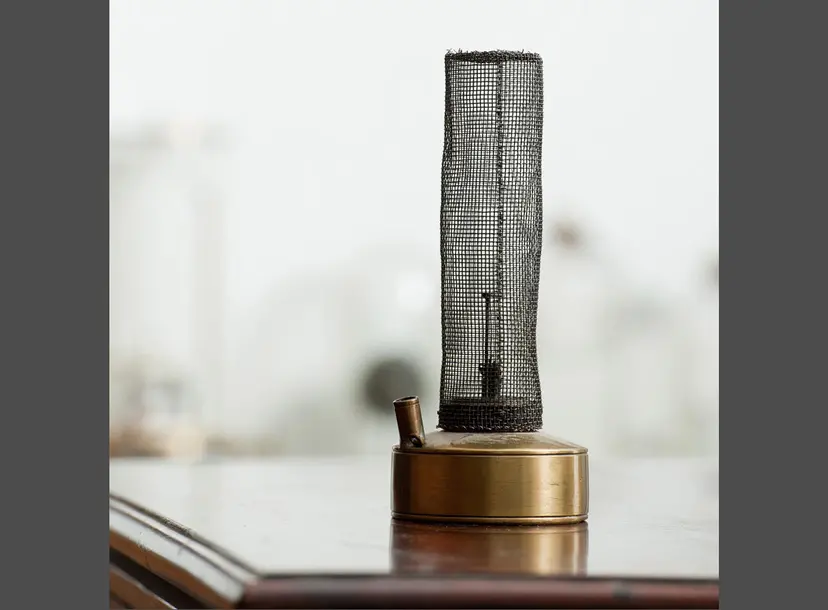The travelling exhibition, which is open to public view in the Ri’s free museum from Tuesday 12 September to Friday 3 November, is informed by the first-ever transcription of 75 of Davy’s notebooks, each written in his notoriously difficult to read handwriting.
The project to transcribe the notebooks – 70 of which are held at the Ri, where Davy undertook the majority of his scientific research – was undertaken via a mass public participation project led by Lancaster University with the University of Manchester, UCL and the Royal Institution, and funded by the Arts and Humanities Research Council.
As a result, this new exhibition reveals some of Davy’s innermost thoughts, providing new insights into his scientific discoveries, and the relationship between poetry and science.
Director of the Royal Institution, Katherine Mathieson, said: “The Ri has a rich heritage of scientific discovery, and interpreting our collection for future study and enjoyment enables wider and deeper public access, while communicating our continuous traditions of discovery and engagement.
“So we are delighted to be the first venue to host this fascinating new exploration of Humphry Davy’s life and achievements, and we look forward to welcoming everyone who’s curious to know more about one of the most prominent scientists of his age.”
Project lead, Professor Sharon Ruston, said: “There are many who see the arts and sciences as divided and separate, with serious consequences not least in hindering our ability to solve major world problems.
“So central to the Davy notebooks project, and a strong theme running through this wonderful new exhibition, is what we can learn from the example of Davy’s notebooks that will help us rethink what we understand about the relationship between the arts and sciences in the nineteenth century and today.”
While working at the Ri, Sir Humphry Davy (1778-1829) discovered more chemical elements than any individual has before or since. In 1815, he invented a miners’ safety lamp that came to be known as the Davy Lamp, saving countless lives in Britain and Europe, and vastly improving the nation’s industrial capability. He also developed the first coherent theory of electro-chemistry, the major premise of which was that all chemical action was electrical in nature, a radical idea at the time which still underlies much of modern chemistry.
Davy’s achievements saw him rise through society’s ranks from relatively modest origins to become, just under 200 years ago, Director of the Royal Institution and the President of the Royal Society. And such were the popularity of Davy’s Lectures at the Ri that traffic chaos saw the authorities designate Albemarle Street as the first one-way street in the UK.
Following its display the Ri, the new exhibition will be housed at Northumberland County Hall from Wednesday 8 November 2023 to Friday 12 January 2024 and at the Wordsworth Trust, Grasmere from Wednesday 17 January 2024 to Friday 31 May 2024.
